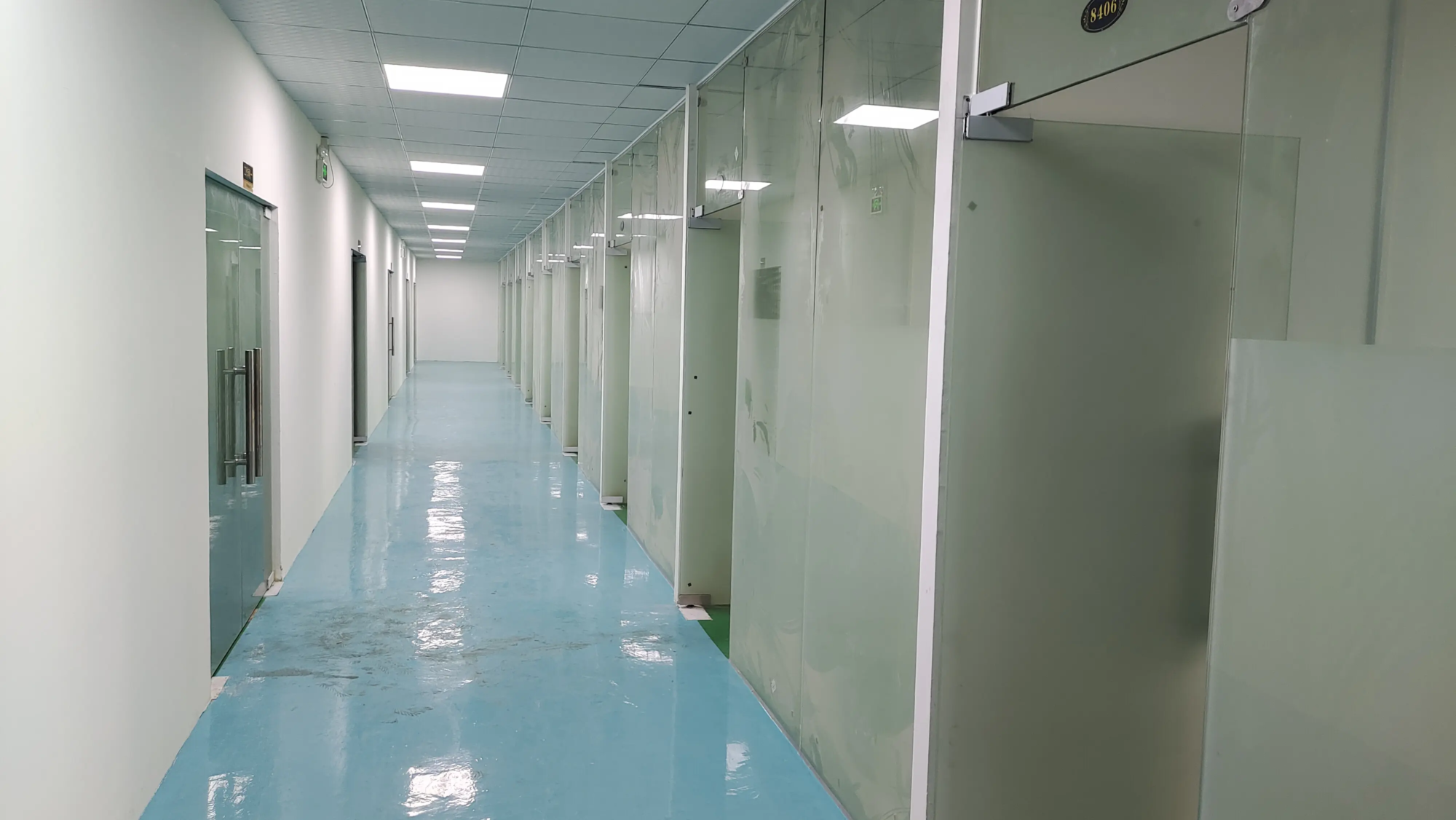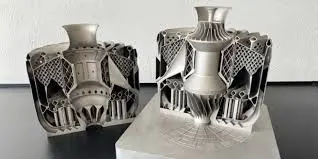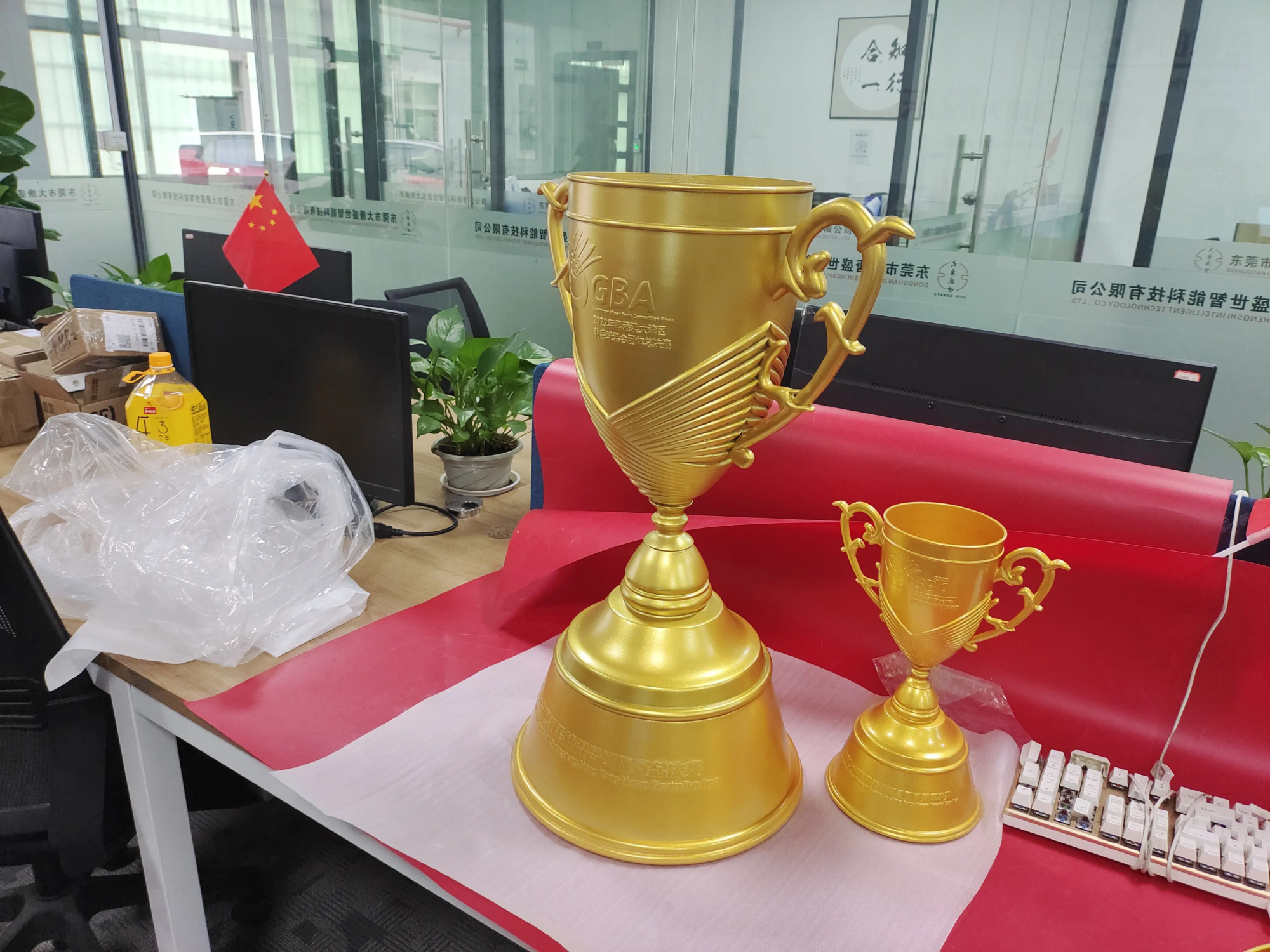When it comes to 3D printing, one of the most critical aspects is the file format used to create and print the required objects. With the rapid development of 3D printing technology, various file formats have emerged, each with its unique characteristics, advantages and limitations. In this article, we will dig into the world of 3D printed file formats and explore its differences, applications, and importance in the 3D printing process.
The forefront of 3D printing technology is companies like Greatlight, a professional rapid prototyping manufacturer that uses advanced SLM 3D printers and production technologies to solve rapid prototyping problems of metal parts. With its ability to provide one-stop post-processing and sorting services, Greatlight is one of the best rapid prototype companies from China, providing customized precision processing services at competitive prices.
The most commonly used 3D printing file formats include STL (Stereoscopic Lithography), OBJ (Object File Format), AMF (Additional Manufacturing File Format), and 3MF (3D Manufacturing Format). Each of these file formats plays a crucial role in the 3D printing process, from design and modeling to printing and post-processing.
For example, it is widely used in 3D printing due to the simplicity of STL files and compatibility with most 3D printing software. They contain the surface geometry of 3D objects, represented as a collection of triangles. However, STL files have limitations, such as lack of color and texture information, which can be overcome using other file formats such as OBJ or 3MF.
OBJ files, on the other hand, are more extensive and can store other data such as colors, textures, and ordinary information. They are commonly used in 3D modeling and animation, but can also be used in 3D printing. The AMF file introduced by the ASTM (American Society of Testing and Materials) committee is designed to provide a more comprehensive and efficient file format for additive manufacturing. They contain information about the materials, structures, and other properties of 3D objects, making them ideal for complex printing projects.
3MF files developed by the 3MF consortium are another important file format in 3D printing. They provide a more efficient and flexible way to store 3D model data, including a variety of materials, colors, and other properties. 3MF files are designed to work seamlessly with a variety of 3D printing software and hardware, making them an attractive choice for amateurs and professionals.
In short, understanding the different 3D printing file formats is crucial for anyone from designers and engineers to 3D printing for manufacturers and hobbyists. Each file format has its advantages and disadvantages, and choosing the correct file format depends on the specific requirements of the project. By recognizing the importance of file formats in 3D printing, individuals can optimize their workflows, improve printing quality and unlock the full potential of 3D printing technology.
FAQs (FAQ):
Q: What is the most commonly used 3D printing file format?
A: STL (Stereoscopic Lithography) is the most widely used 3D printing file format because of its simplicity and compatibility with most 3D printing software.
Q: What are the limitations of STL files?
A: STL files lack color and texture information, and other file formats (such as OBJ or 3MF) can be used to overcome this information.
Q: What is the difference between OBJ and 3MF files?
A: OBJ files are more extensive and can store other data such as colors, textures, and ordinary information, while 3MF files provide a more efficient and flexible way to store 3D model data, including a variety of materials, colors, and other attributes.
Q: Which file format is ideal for complex printing projects?
A: AMF (Additive Manufacturing File Format) files are designed to be a more comprehensive and efficient file format for additive manufacturing, making them ideal for complex printing projects.
Q: How to choose the correct file format for my 3D printing project?
A: Choosing the correct file format depends on the specific requirements of the project. When choosing a file format, consider factors such as print quality, material properties, and software compatibility.
ISO 9001 Factory





